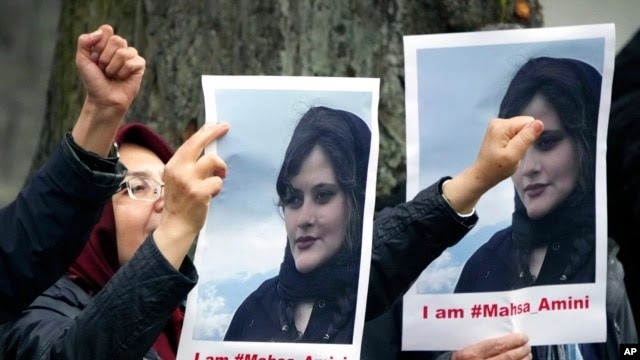
Uncertainty surrounding Iran’s moral police status
Iran’s morality police, which upholds the country’s clothing code, may no longer exist as a result of a senior official’s suggestion that it was dissolved.
At a conference, Attorney General Mohammad Jafar Montazeri responded, “They have been shut down from where they were set up,” in response to a question regarding the Guidance Patrol.
The administration, however, declined to confirm the action, and regional media outlets claimed that his comments had been “misinterpreted.”
Nationwide protests are in response to the death of a woman who was being held by the police. Mahsa Amini, 22, went into a coma soon after being taken into custody in Tehran on September 13 for allegedly breaking the law mandating that women cover their heads with a headscarf, or hijab.
There were rumors that she was struck in the head by a baton-wielding morality police officer. According to the authorities, she had a heart attack.
Anti-government demonstrations that the Iranian government referred to as “riots” spread around the country on September 16 following Ms. Amini’s hospital death.
Although her passing served as a trigger for the unrest, long-standing dissatisfaction with poverty, unemployment, inequality, injustice, and corruption has also been a major factor.
Since the Islamic Revolution in 1979, Iran has had several “morality police” units; however, the Guidance Patrol (Gasht-e Ershad), the most recent of these units, is currently in charge of upholding Iran’s Islamic moral code.
“The morality police had nothing to do with the judiciary and have been shut down from where they were set up,” he said.
However, he stressed that the judiciary would continue “to monitor behavioural actions at the community level”.
The Interior Ministry, not the judiciary, is in charge of the Guidance Patrol, which is a component of the national police force.
